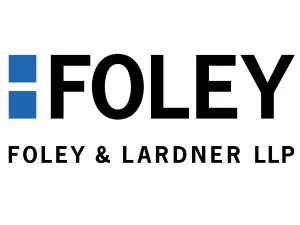- within Criminal Law, Government, Public Sector and Tax topic(s)
This year is off to a bumpy start in terms of dealmaking. A multitude of factors, including tariff-a-geddon, supply chain disruption, stubbornly high long-term interest rates (not coming down as expected), deregulation (not yet commenced, much less bearing any fruit), and an increasingly volatile stock market, have together summarized in the now ubiquitous term "market uncertainty" and have slowed the pace of dealmaking significantly. The impact of market uncertainty has been especially pronounced in the Private Equity (PE) space. In this context, PitchBook analysts have revised their outlook for the PE landscape for the balance of 2025.
Their new US PE Pulse report highlights the fast evolving picture for PE in 2025 in the face of what they term "meaningful macroeconomic threats." In just December of 2024, their expectation was for stronger exit opportunities, along with some challenges related to capital deployment as the projection was for valuations to rise. They have now reversed that position, with an expectation of tougher exit conditions, coupled with more attractive capital deployment as sellers become more motivated.
One significant factor at play here is what they call "high-impact policies" from the new administration that stand to create "substantial economic effects." These are leading to a wave of uncertainty for PE firms, and they must reconsider their strategies as conditions shift and regulatory uncertainty persists.
As of late 2024, their data shows that exits were surging (79% YoY in Q4). However, the introduction of tariffs and the onset of market volatility is no doubt impacting exit planning, particularly for those industries that will be most affected such as manufacturing, industrials, and consumer goods.
In the most recent Deal Flow Predictor from SS&C Intralinks, they also consider the delay in interest rate reductions as a contributing factor that could prolong the stall in M&A activity. Everyone is watching to see what the Fed will do in the face of rising economic pressures. But the report also points to the significant pressure on PE firms to execute deals and the expectation of eventual rate cuts that, when combined, could lead to "pockets of activity in strategic sectors."
As this time of uncertainty does not seem to be ending any time soon, some exit windows might be closed or suboptimal for the foreseeable future. This is a time when PE firms can pivot to value creation mode, taking a strategic and proactive approach to protecting and growing value for their portfolio companies. This could mean looking at operational improvements or optimization of balance sheets, or even bolt-on acquisitions to buy smaller, synergistic companies at more attractive valuations that will boost value when exit conditions improve.
Even if a full exit is not feasible, there are also partial or structured exits to consider, including dividend recapitalizations, minority sales or spin-offs to continuation funds, or other vehicles. And there is always the option to reposition portfolio companies, whether that means reducing geographic or regulatory risks, or even pivoting toward a sector that is more insulated from volatility. No matter how firms choose to use this time, it is important to be strategic so they are ready when the exit window opens again, as it no doubt will.
We believe there is much reason to be optimistic for the balance of this year, despite the many challenges the private equity world is facing. Pitchbook's report cites approximately 3,800 US PE-backed companies that have been held between five to 12 years and are waiting for their exit opportunities. And with close to $1 trillion of dry powder sitting on the shelf, PE firms are going to be looking to deploy that capital as conditions make putting that cash to work more and more attractive.
The content of this article is intended to provide a general guide to the subject matter. Specialist advice should be sought about your specific circumstances.



